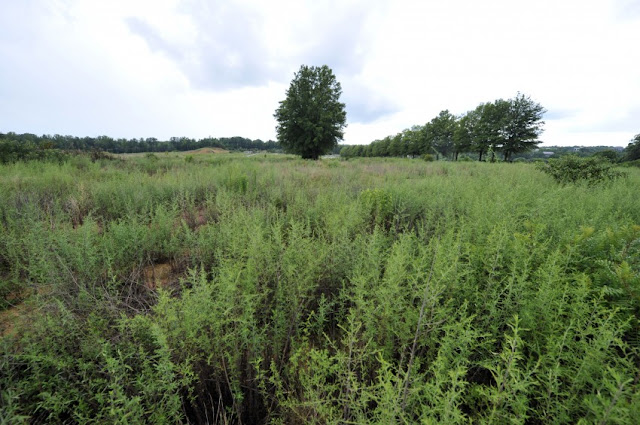 |
| Tree down at site of old Charlotte Coliseum, once slated for mixed-use development. Photo: Nancy Pierce |
Construction of single-family homes is almost back to 2008 levels, when 304 similar permits were issued, Brown reports.
His article, "Residential revelry," is behind a pay wall, so only Mecklenburg Times subscribers can read it.
It will be interesting to see how development in the county and nearby areas plays out in coming years. Plenty of academics and others have analyzed the housing market and concluded that the country is overbuilt with single-family housing, given demographic trends (aging boomers, for instance) and modern lifestyle preferences. Will Gen Y-ers opt for suburban tract houses as they move into their 30s and 40s and start to have children? Or will they decide they can still have the urban lifestyles they're seeking now and raise children in the city?
Will planners and elected officials allow an overbuilt single-family home market to get even more over-built, as they did for a couple of decades worth of commercial space, with the carcasses of failed stores hurting multiple thoroughfares and neighborhoods in Charlotte? Or is Charlotte a healthy enough market that housing won't be overbuilt?



